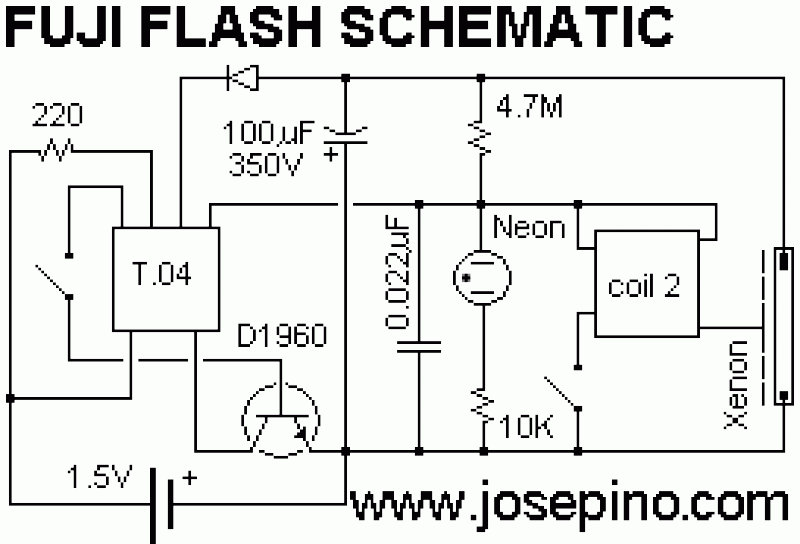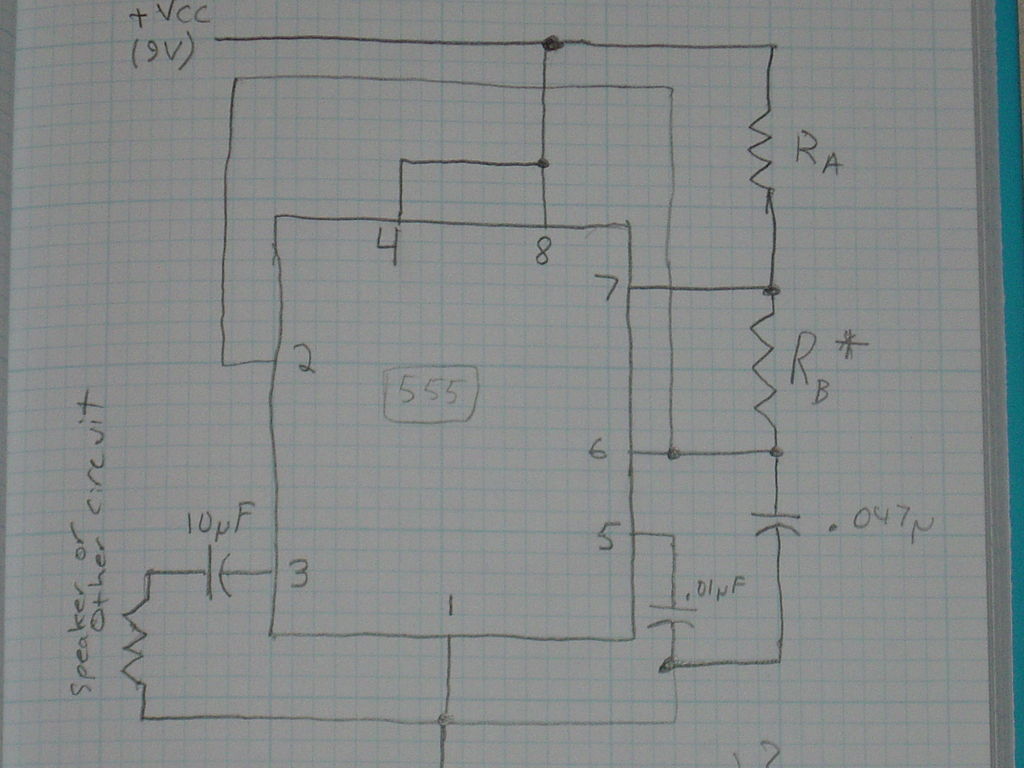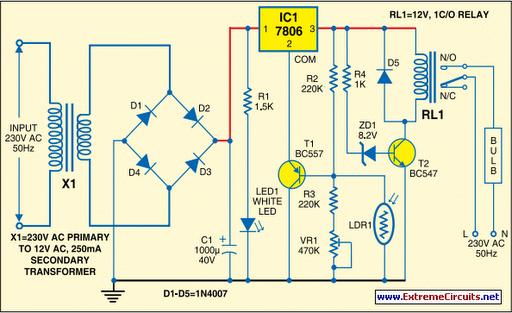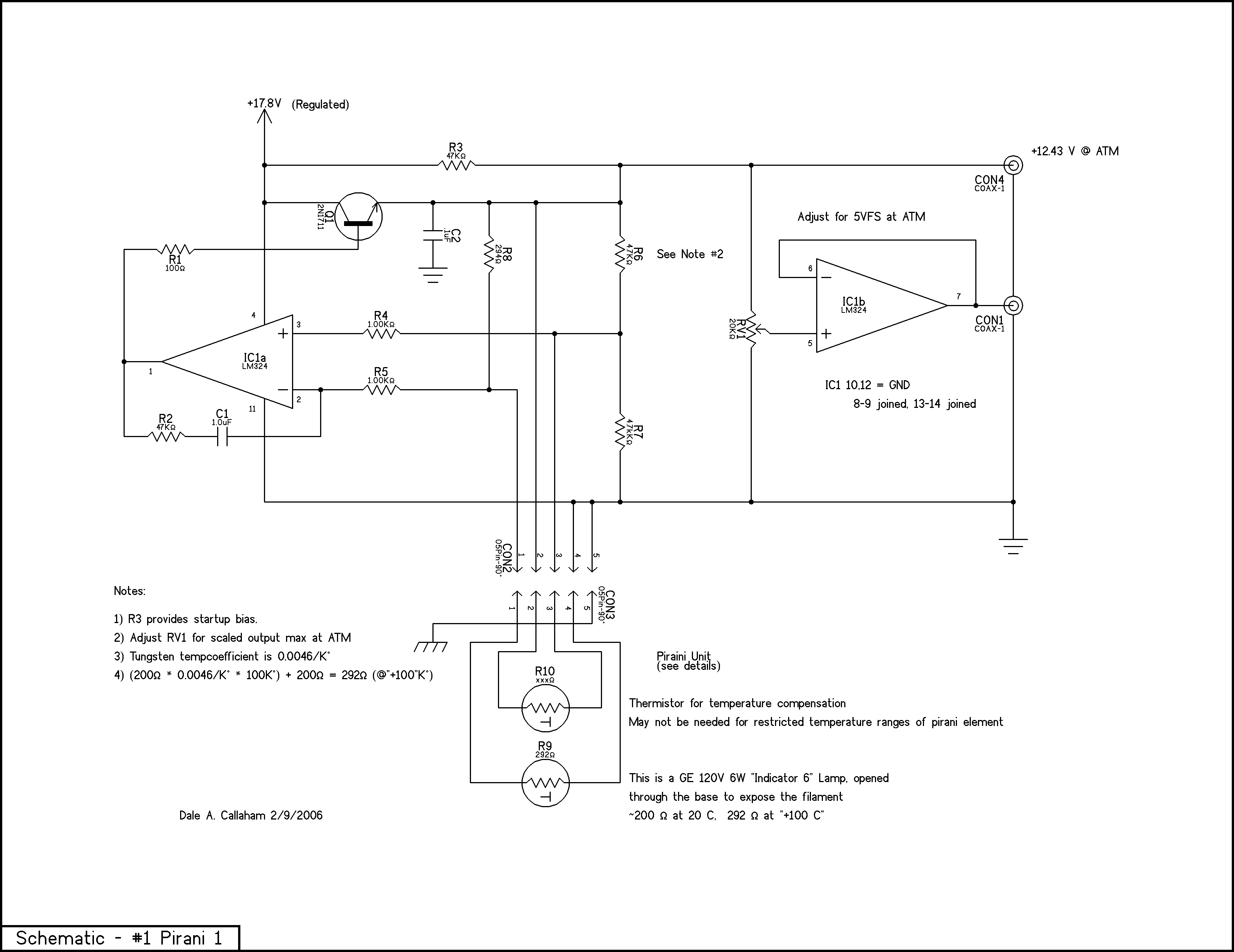
Rear Light After Glow (For Bicycles)
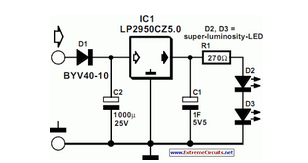
This article is relevant only to readers whose bicycle lights are powered by a dynamo. The regulations regarding bicycle lights in the United Kingdom are more stringent.
Dynamo-powered bicycle lights are an essential component for cyclists, providing illumination without the need for batteries. These systems operate by converting mechanical energy generated from pedaling into electrical energy, which is then used to power the lights. A typical dynamo setup involves a dynamo generator, which can be either a hub dynamo integrated into the wheel hub or a bottle dynamo that makes contact with the tire.
The schematic of a dynamo-powered lighting system typically includes the following components: the dynamo generator, a rectifier, a voltage regulator, and the light fixtures (such as LED or halogen bulbs). The dynamo generates alternating current (AC) as the bicycle moves, which is then converted to direct current (DC) using a rectifier. The voltage regulator ensures that the output voltage remains within a safe range for the lights, preventing damage from voltage spikes.
In addition to the basic components, some systems may include a capacitor or battery for energy storage, allowing for continued light operation when the bicycle is stationary or moving at low speeds. This feature is particularly useful for maintaining visibility at traffic stops or during slow rides.
The integration of these components requires careful consideration of the wiring layout to ensure efficient energy transfer and minimal loss. Proper grounding and insulation are essential to prevent short circuits and ensure the safety of the system. The overall design must adhere to applicable regulations regarding visibility and light intensity to comply with local laws, particularly in regions like the United Kingdom, where bicycle lighting regulations are strictly enforced.This article is of interest only to readers whose bicycle lights are powered by a dynamo. The laws on bicycle lights in the United Kingdom are stricter th.. 🔗 External reference
Dynamo-powered bicycle lights are an essential component for cyclists, providing illumination without the need for batteries. These systems operate by converting mechanical energy generated from pedaling into electrical energy, which is then used to power the lights. A typical dynamo setup involves a dynamo generator, which can be either a hub dynamo integrated into the wheel hub or a bottle dynamo that makes contact with the tire.
The schematic of a dynamo-powered lighting system typically includes the following components: the dynamo generator, a rectifier, a voltage regulator, and the light fixtures (such as LED or halogen bulbs). The dynamo generates alternating current (AC) as the bicycle moves, which is then converted to direct current (DC) using a rectifier. The voltage regulator ensures that the output voltage remains within a safe range for the lights, preventing damage from voltage spikes.
In addition to the basic components, some systems may include a capacitor or battery for energy storage, allowing for continued light operation when the bicycle is stationary or moving at low speeds. This feature is particularly useful for maintaining visibility at traffic stops or during slow rides.
The integration of these components requires careful consideration of the wiring layout to ensure efficient energy transfer and minimal loss. Proper grounding and insulation are essential to prevent short circuits and ensure the safety of the system. The overall design must adhere to applicable regulations regarding visibility and light intensity to comply with local laws, particularly in regions like the United Kingdom, where bicycle lighting regulations are strictly enforced.This article is of interest only to readers whose bicycle lights are powered by a dynamo. The laws on bicycle lights in the United Kingdom are stricter th.. 🔗 External reference
